As COVID overwhelms India’s hospitals, housing societies step in
Residents’ welfare associations in urban areas provide critical medical aid as country’s healthcare system buckles.
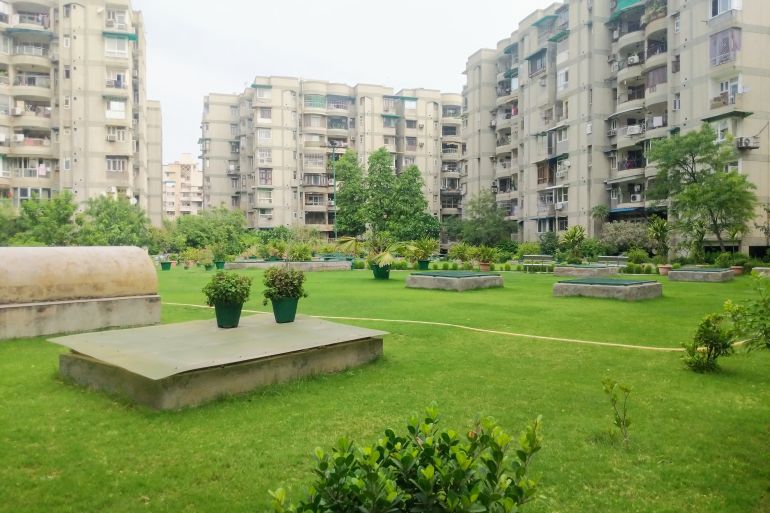
New Delhi, India – When Shonalika Ghosh’s father tested positive for COVID-19 in India’s capital New Delhi, she had to monitor his symptoms and coordinate remotely from Dubai, where she lives.
Along with friends and family who helped deliver medicines and supplies, it was the support of the managing committee of the apartment complex that was particularly reassuring.
Keep reading
list of 4 items19 surgeries, 66 medals: India’s para-swimmer Niranjan Mukundan
A tiny Indian archipelago with 97% Muslims fears for its future
Why is WhatsApp suing the Indian government?
“For my sister and me, both living outside India, it was comforting when the committee monitored my father’s health daily, called with regular updates and assured us that they were equipped with oxygen concentrators for an emergency,” Ghosh told Al Jazeera.
Fortunately, her father did not require emergency assistance but Ghosh was relieved to have the support, knowing that New Delhi was facing an acute shortage of hospital beds, medical oxygen, medicines and other essentials.
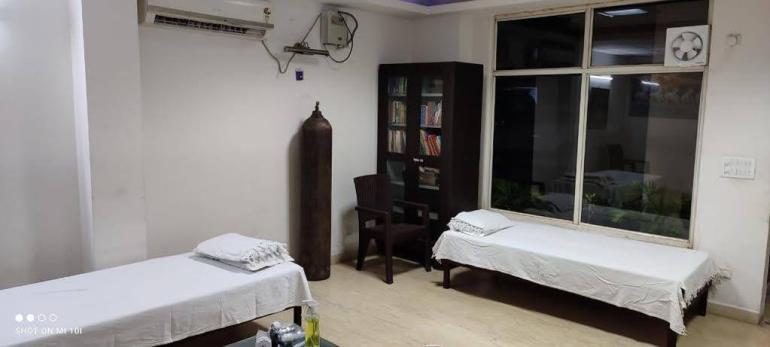
With India’s health infrastructure overwhelmed during the pandemic’s second wave, several resident welfare associations (RWAs), representative bodies of residents within a housing community across urban India have taken matters into their own hands, repurposing spaces such as gymnasiums or community halls into isolation or emergency rooms, buying oxygen concentrators and cylinders, arranging meals for the quarantined residents and organising testing and vaccination camps.
Many RWAs began to put such processes in place during the first coronavirus lockdown in March last year, knowing that the virus could spread rapidly in apartment complexes, with thousands of residents in living close proximity, using common elevators and recreational spaces.
“Last year the focus was on helping residents through lockdown. This second wave was about saving lives with the health infrastructure crumbling outside,” Shivani Singh, RWA secretary at a 364-apartment complex in Gurugram, a city neighbouring New Delhi, told Al Jazeera.
The arrangements include buying three oxygen concentrators, supplemented by a few privately ones owned by the residents, a 24/7 COVID-19 helpdesk for requests for ambulances, medicines and tests, and monitoring quarantined patients with the help of resident volunteers in case of potential emergencies.
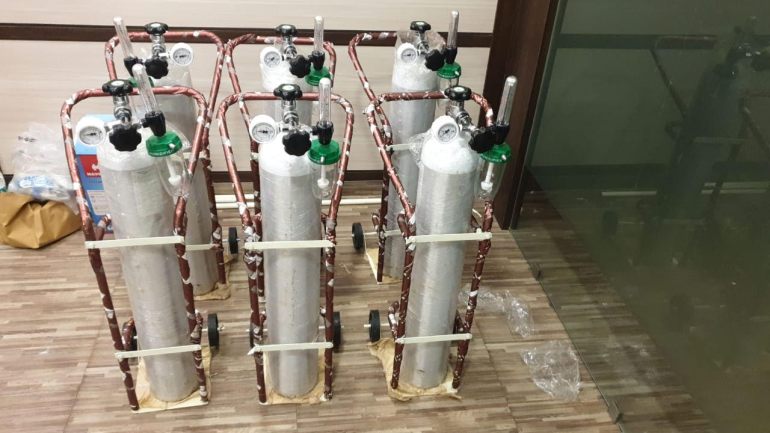
With hospital facing acute oxygen shortages during a ferocious second wave of the virus in India, by the middle of May health facilities were calling out for an extra 15.5m cubic metres of oxygen every day, 14 times more than in March for COVID-19 patients.
As desperate families scrambled for oxygen cylinders, many patients suffocated, needing an uninterrupted supply of the life-saving gas.
An estimated 40 percent of India’s total number of reported COVID-19 deaths have occurred since the beginning of March. The total number of death due to the virus reached 329,100 on Friday.
In Noida, another city outside New Delhi, an upscale housing society bought 10 oxygen concentrators and cylinders, handed out free PPE kits to those who needed them and maintained a digital record of medicines available.
With more than 4,000 residents, the association cordoned off the complex’s communal recreational areas after 20 COVID-19 cases were reported. At one point, infections in the housing block stood at 245.
“Several residents protested initially but had we not done this we would have had even more cases,” said Zubin Singh Dhindsa.
The preparations by the housing societies helped many receive life-saving care.
“A resident’s health deteriorated recently and there was shortage of oxygen and hospital beds. We provided our oxygen supplies to him at home for four days, during which he stabilised and did not need to be shifted to a hospital,” said Singh.
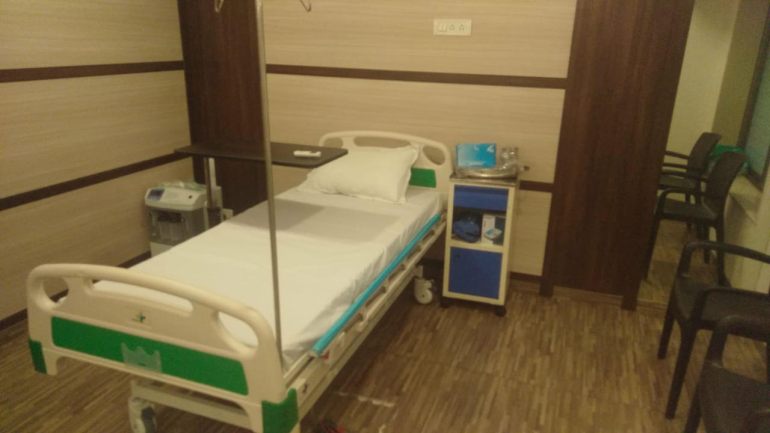
Several apartment complexes set up emergency rooms that patients could use until a hospital bed is available or an isolation centre for residents unable to quarantine at home.
“In June 2020, we realised the shortage of beds in Mumbai and converted our boardroom into an isolation area with beds, oxygen cylinders and concentrators,” Bhavik Shah, who is in charge of the RWA’s COVID-19 initiative in a 230-apartment complex in Mumbai, told Al Jazeera.
“We also have a quarantine area for staff and full-time domestic workers who return after travel, which helps with early identification of asymptomatic cases.”
Some RWAs were also helped by doctors living in their complexes.
“A roster of our 20 resident doctors was made, each of them available for two hours for online consultations to the residents through the day,” said Harish Govila, a retired Indian air force officer who lives in a housing block in the northern Indian city of Lucknow.
“We have around 500 families here. Through our own network, we helped arrange oxygen cylinders and COVID medications that were in short supply.”
The RWA at Lucknow also converted its community club into isolation rooms, with healthcare professionals administering care to those using the facilities.
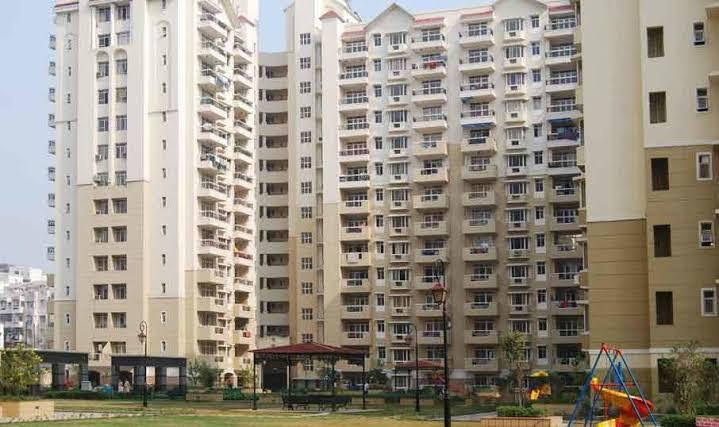
At New Delhi’s Air Force Naval Officers Enclave (AFNOE), where Ghosh’s parents live, the RWA and residents organise meals for quarantined patients, arrange medicines and groceries and have bought and donated oxygen concentrators and cylinders.
“Through our nine resident doctors, oxygen bank, and tie-ups with a few hospitals, we assist with medical advice, ambulance services and other critical support,” said retired Air Vice Marshal Surinder Singh Sharma, the RWA’s president.
Similarly, several RWAs have tie-ups with neighbouring hospitals to provide emergency support.
Dr Vishnuvardhan Reddy Meedimale, the managing director of Avasa Hospital and resident of Lanco Hills, a 1,500-apartment complex in the southern city of Hyderabad, works closely with the RWA on guidelines for the community.
“When the oxygen crisis escalated, the RWA tied up with Avasa Hospital for oxygen equipment and hospital beds, if available and at discounted prices, for Lanco residents,” said Meedimale.
“Fortunately, we have not needed the oxygen supplies, but we have the arrangements in place.”
The aid often extends beyond medical support.
The Federation of Apartment Owners Association includes nearly 140 housing societies with approximately 170,000 residents in Ghaziabad, a city bordering New Delhi.
The body helped its member societies set up emergency rooms within their complexes, arranged for oxygen supplies and are in the process of buying an ambulance because of the shortage of ambulance services faced recently.
“We have even assisted in cremation arrangements during the peak when nobody was ready to pick up the bodies,” Alok Kumar, one of the federation’s officials, told Al Jazeera.
“A group came forward to help transport those who passed away at home. While most families could afford the fee of 40,000 Indian rupees ($550), we made arrangements if someone could not afford it.”
While the government has extended support to some housing societies by setting up COVID-19 care centres at some sites, RWAs have usually made the arrangements independently with funds from the society and residents’ donations.
Though the community spirit is reassuring, it also means less well-off housing societies may be unable to offer such help.
“We know we are privileged to be able to help ourselves through this time. But what about lower-income housing communities? asked Singh. “The government support is required.”